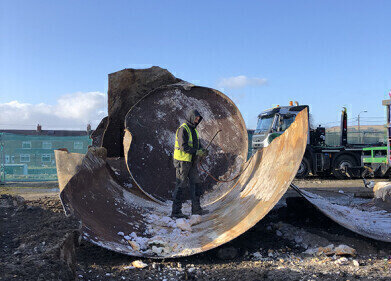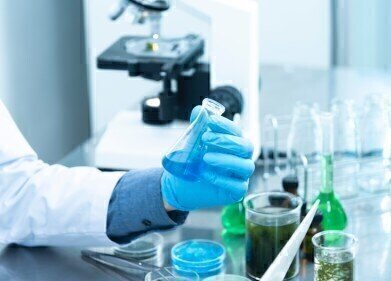Soil remediation
Fukushima Clean-up Effort Making Painfully Slow Progress
Aug 05 2015
Four years on from the tsunami which caused the triple meltdown of nuclear power reactors at Fukushima, the Japanese government are still not optimistic about bringing the crisis to a close anytime soon.
The massive undertaking has cost as much as £12.5 billion to date, as the government sets its ambitious sites on cleaning up the contaminated area and making the 105 cities, towns and villages in the surrounding environs fit to inhabit again.
An Unprecedented Effort
After the Chernobyl disaster in 1986 in the Soviet Union, authorities spent an estimated 18 billion rubles (almost £200 million) in containing the nuclear matter and resettling its people. Rather than attempt to regenerate the area, however, the government simply evacuated and cordoned off a 1,000-square-mile space as a no-habitation zone.
The Japanese, on the other hand, have taken the unprecedented step of attempting to repopulate the devastated area. 79,000 people were displaced by the deadly disaster, and instead of focusing its efforts on finding them new places to live, the government has taken a more proactive approach of cleaning up the waste. As of last year, more than 500,000 tonnes of contaminated water have been identified – for comparison, a mere 9,000 tonnes of toxic water were created after the Three Mile Island partial meltdown in 1979.
As the only Class 7 (the highest risk distinction) level nuclear disaster aside from Chernobyl, it’s not surprising that the road to decontamination is a long and difficult one.
Step by Step
One phase of the remediation plan is to prevent further leakage of contaminated groundwater by creating an underground barrier. In 2013, the Japanese government ordered TEPCO to use frozen contaminated soil to stop groundwater leakage – though work to install the wall fell behind schedule and has been questioned as to its viability in the long run in any case.
Other measures being taken are to attempt to decontaminate the water itself using a sophisticated new wastewater treatment technology which is capable of removing as many as 60 radioactive elements from the water. “This is a high-performance system because it uses only filters and absorbents to remove the contaminants,” explained Shinichi Kawamura, head of risk communication at the stricken plant. “The old system depended on chemical agents, which caused problems and created a lot more waste. We have confidence in this machinery.”
New technology is also being developed to test the efficacy of clean-up efforts. Advanced isotope ratio analysers have been developed in order to gain an overall view of the state of the Fukushima soil and should at least allow the teams working on the project to measure their progress.
As yet, though, that progress has been slow and faltering – and the worst may still be to come.
A Long Road Ahead
Though the highly-dangerous melted fuel has been successfully extricated from Reactor No. 4, the three other reactors have been left untouched until now, due to the unsafe levels of radioactivity inside. Work on Reactor No. 1 is not expected to begin until 2025 and the entire clean-up project won’t be finished until 40 years after the event, experts estimate. It’s a long road ahead.
Events
Jul 09 2025 Birmingham, UK
Jul 15 2025 Brighton, UK
Jul 23 2025 Sydney, Australia
Aug 24 2025 Stockholm, Sweden and online
Aug 27 2025 Busan, South Korea






.jpg)







